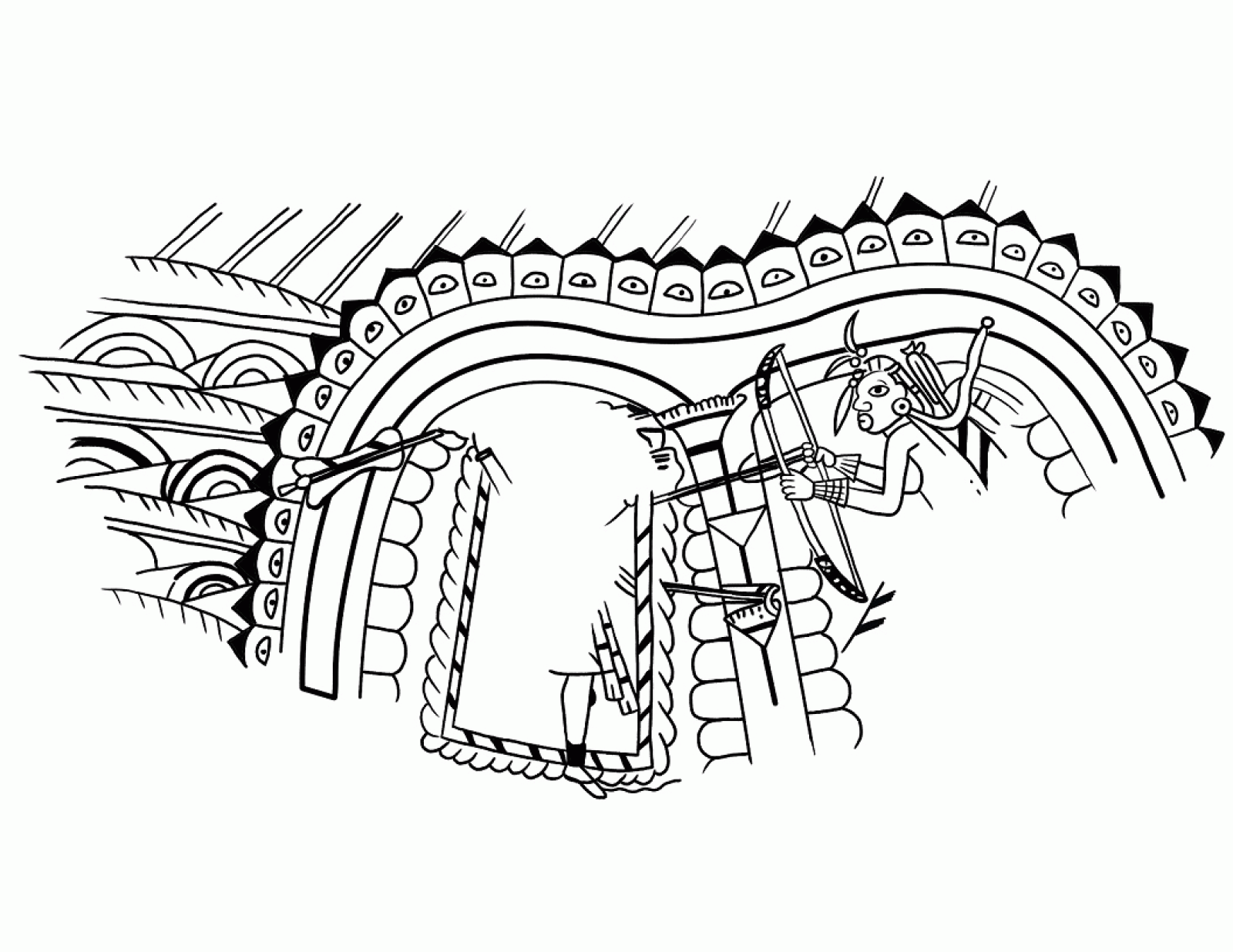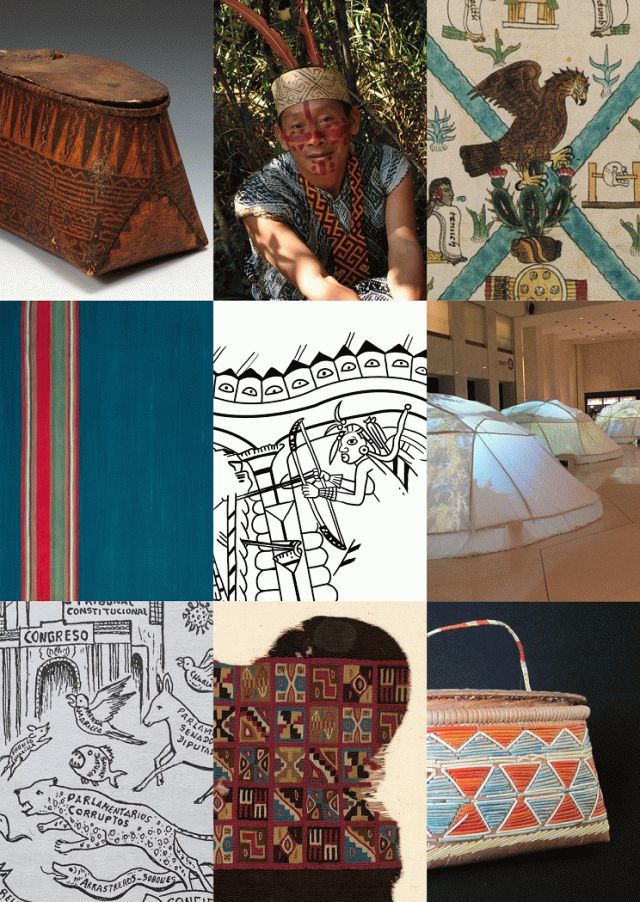Lecture series
Johannes Neurath:
The Uncertain Power of Images: Ambiguous Figuration and Amerindian Cosmopolitics
Within the framework of the KHI Amerindian Lecture Series

Spiro Cup 165, with a scene depicting a possible ritual shooting with arrows. Drawing by Acelo Ruiz Villanueva
Starting from an ethnographic case study of the Wixaritari of Western Mexico, I am developing a comparative study of Amerindian art. The main aim is to explain how ambiguous figuration in Amerindian art is related to the tensions and uncertainties in the relations between humans and beings belonging to the realms of alterity (animals, deities, ancestral spirits and the like). The relative easiness for ‘animists’ to transform and produce powerful ritual objects or images gives rise to rituals which seek to control the processes of transformation, as well as to domesticate the powerful beings themselves. In this context, my intention is to highlight the contrast between ‘presentification’ (or non-mediated presence) and representation in Amerindian art. Animism is not just Indigenous Americans credulously believing in the human nature of animals and mountains, or in the agency of ritual artifacts and images, it is also having doubts about that. As the ontological status of all kinds of entities can be subject to all kinds of negotiations, I argue that uncertainty is part of Amerindian ‘cosmopolitics’.
Johannes Neurath studied Ethnology, History of Art and Philosophy in Vienna, and Anthropology at Universidad Nacional Autónoma de México (UNAM). He is a research professor at Museo Nacional de Antropología, and teaches Anthropology of Art and Ethnographic Theory at UNAM, both in Mexico City. As an ethnographer, he has been conducting fieldwork among the Wixaritari, the Náayari and other Mexican Indigenous communities since 1992. He has published extensively on ritual studies, anthropology of art, and Amerindian cosmopolitics.
He is the autor and (co)editor of many books: Las fiestas de la Casa Grande: procesos rituales, cosmovisión y estructura social en una comunidad huichola [The festivities of the Casa Grande: ritual processes, cosmovision and social structure in a Huichol community] (Universidad de Guadalajara/INAH, 2002); Por los caminos del maíz. Mito, ritual y cosmovisión en la periferia septentrional de Mesoamérica [Along the paths of maize. Myth, ritual and cosmovision in the northern periphery of Mesoamerica] (Fondo de Cultura Económica, 2008); La vida de las imágenes. Arte huichol [The life of images. Huichol art] (Artes de México, 2013); Mostrar y ocultar en las artes y en los rituales [Showing and concealing in arts and rituals], ed. with Guilhem Olivier (UNAM, 2017); Someter a los dioses, dudar de las imágenes. Enfoques relacionales en el estudio del arte ritual amerindio [Subduing the gods, doubting the images. Relational approaches in the study of Amerindian ritual art] (Paradigma Inicial, Ed. SB 2020); Cosmopolítica y cosmohistoria: una anti-síntesis [Cosmopolitics and cosmohistory: an anti-synthesis], ed. with María Isabel Martínez Ramírez (Paradigma Inicial, Ed. SB, forthcoming).
Johannes Neurath on academia.edu and on the website of the National Museum of Anthropology, Mexico City.
The KHI Amerindian Lecture Series 2021 is conceived as a forum to reflect on Indigenous arts/visual cultures and aesthetic practices created on the American continent, past and present. It is organized by Sanja Savkić Šebek (KHI in Florenz – Max-Planck-Institut & Humboldt-Universität zu Berlin) & Bat-ami Artzi (Dumbarton Oaks) within the framework of the Department Gerhard Wolf & the 4A Laboratory: Art Histories, Archaeologies, Anthropologies, Aesthetics.
16 September 2021, 5:30pm
The event takes place online.
To participate please register in advance via Zoom:
https://zoom.us/meeting/register/tJclceqvqjspHdDzqAJIPRnSY_3JdsM77X1C
After registering, you will receive a confirmation email containing information about joining the meeting.
Notice
This event will be documented photographically and/or recorded on video. Please let us know if you do not agree with the Kunsthistorisches Institut in Florenz using images in which you might be recognizable for event documentation and public relation purposes (e.g. social media).



